Ground Reports
Ground Report: How Modular Construction Method Is Ensuring Faster Redevelopment Of Chandigarh Railway Station
Arun Kumar Das
Feb 23, 2024, 03:27 PM | Updated 03:26 PM IST
Save & read from anywhere!
Bookmark stories for easy access on any device or the Swarajya app.
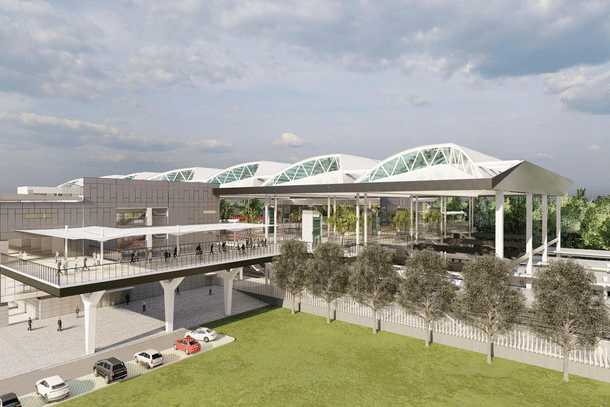
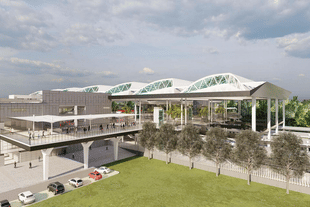
It is spring time in Chandigarh. While the harsh winter is fading away, spring has just spread across the city, including the railway station of the union territory.
However, unmindful of the changing weather, a group of skilled workers, equipped with safety gear, are busy with the lifting of pre-fabricated materials with a 80-metre long heavy crane for the construction of the concourse at the station.
The Rs 11 crore Chinese crane is being brought over to the site by the contractor to expedite the redevelopment of Chandigarh railway station with modular design and prefabricated components, a first in the rail sector.
Also branded as the 'Light House' project, the method used in Chandigarh railway station will be replicated in other stations to speed up the revamping of rail premises under the Amrit Bharat scheme across the country.
The execution of the job amid the usual rush at the station is challenging, said site engineer Vinod Mishra. Currently, the station witnesses movement of about 84 trains with 35,000 footfalls daily — which is slated to increase upto 1.07 lakh passengers in 2061.
"We are using the most modern machinery for the execution of the project for which all heavy machines were to be brought to the platforms with utmost precaution," said civil engineer Narendra Siddhu.
Mishra and Siddhu are part of a 1,000-strong workforce working round the clock to finish the Rs 462 crore project by April-end this year.
According to the Indian Railways, the redevelopment work on Chandigarh station started in January 2023 and is expected to be completed by April 2024, a record in itself for finishing it in the shortest possible time.
Based on typical architecture of Chandigarh, the new station buildings with the ground and three floors above (G+3), of sizes 60 m x 42 m each, are planned on both the sides of the station.
These station buildings are symmetrical in shape and sizes and match the local architecture, feel and look of the union territory of Chandigarh.
With an air-concourse, two foot over-bridges (FOBs), 11 escalators, 27 lifts, and a roof plaza over six platforms, the station building is being designed to serve the city for the next 100 years. All six platforms are being refurbished to be part of the upcoming new station.
An air-concourse of size 72 m x 80 m is planned to be constructed that will connect the second floors of station buildings on both the sides.
This air-concourse shall be used as a waiting area and retail area for departing passengers and will also serve as a city centre for the public. The platform shall be accessible through lifts, escalators and stairs from the concourse.
Nissar Khan, the safety-incharge said, "Utmost care has been taken to ensure safety at the site and all our employees are being trained for this. There are a total of 25 safety marshals being deployed to ensure safety at the site as we have to work amid the passenger movement at all platforms."
The redeveloped station will have a through-roof of size 180 m x 80 m, covering the entire area of the air concourse and both the FOBs. Two FOBs (each 12 m wide) are planned, one on the Kalka end and other on the Ambala end of the station.
These FOBs shall be used by the arriving passengers and these shall also be connected with the station building. The FOBs shall be accessible through lifts and stairs from the platform.
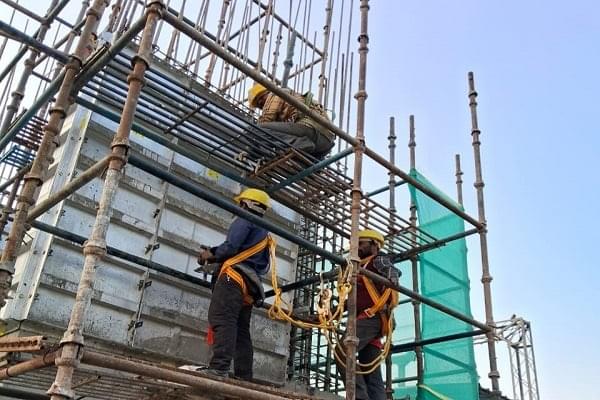
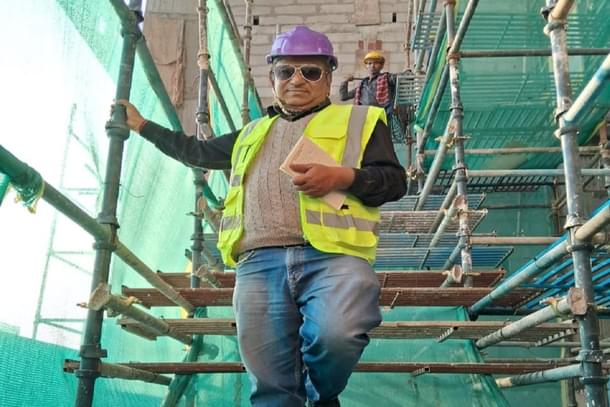
The redevelopment project envisages the creation of an adequate development of parking areas. The present parking areas on both sides of the railway station shall be increased from existing 13,720 sqm to 26,709 sqm.
The existing platform sheds shall be dismantled and the sheds with improvised and modern design (17,000 sqm) shall be provided throughout the platform length. The new platform sheds are designed in such a way that there would be no nuisance due to birds and no visible hanging wires or any other undesirable element.
The platform sheds are completely based on the modular design starting from the foundation to the coverings/sheeting. These sheds are designed in a grid of 12 m centre-to-centre, on each platform.
The redevelopment of Chandigarh railway station will be a prototype to be followed for all stations to come up on the Indian Railways network, with the aim to expedite construction through modular design and prefabricated materials, employing a standard 12 m x 12 m grid system.
M/s Arup, a consultant of international repute, was appointed to work out the feasibility and options for redevelopment of railway stations on modular concepts, to reduce the time of construction without affecting the railway operations.
According to the Rail Land Development Authority (RLDA), this is for the first time that the rebuilding of a station by providing concourse on an operational station at such a scale has been taken up.
Stating the importance of modularity in construction, RLDA deputy general manager Saurabh Singh, said brownfield projects, such as station development, contend with limited working space in contrast to greenfield projects.
Ensuring minimal disruption to station operations is essential to alleviate passenger inconvenience, while modular construction significantly shortens project durations, he added.
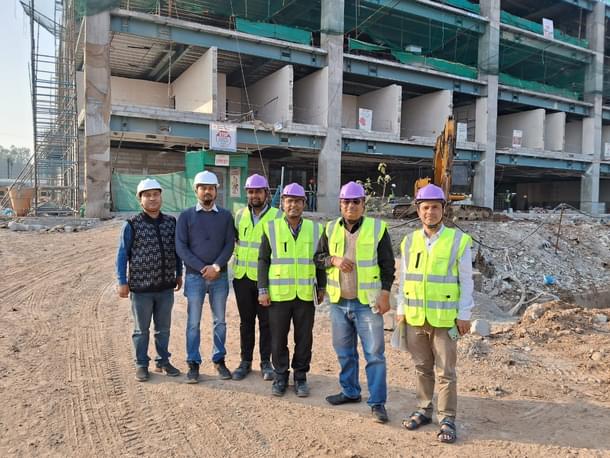
Modular construction, if widely adopted, it has the potential to significantly boost productivity, address housing shortages, and reshape construction practices.
This method involves producing standardised building components off-site and assembling them on-location, offering benefits such as reduced construction time, improved quality of work, and minimised disruption to operations.
Singh further said the adoption of standardised components would enable a significant reduction in construction timeline and would enable fast construction and economies of scale.
Besides, simultaneous site preparation and module manufacturing enable faster project completion, compared to traditional methods.
"Standardised manufacturing processes ensure consistent quality across modules, reducing the likelihood of errors or defects common in on-site construction," Singh added.
While initial setup costs for factory-manufacturing and transportation may be higher, overall project costs are often lower due to reduced labour hours, less material waste, and quicker project completion, Singh explained.
Modular construction minimises environmental impact by reducing on-site construction waste and energy consumption.
Additionally, adherence to green building strategies further enhances sustainability by promoting resource efficiency and minimising carbon footprint throughout the project lifecycle.





